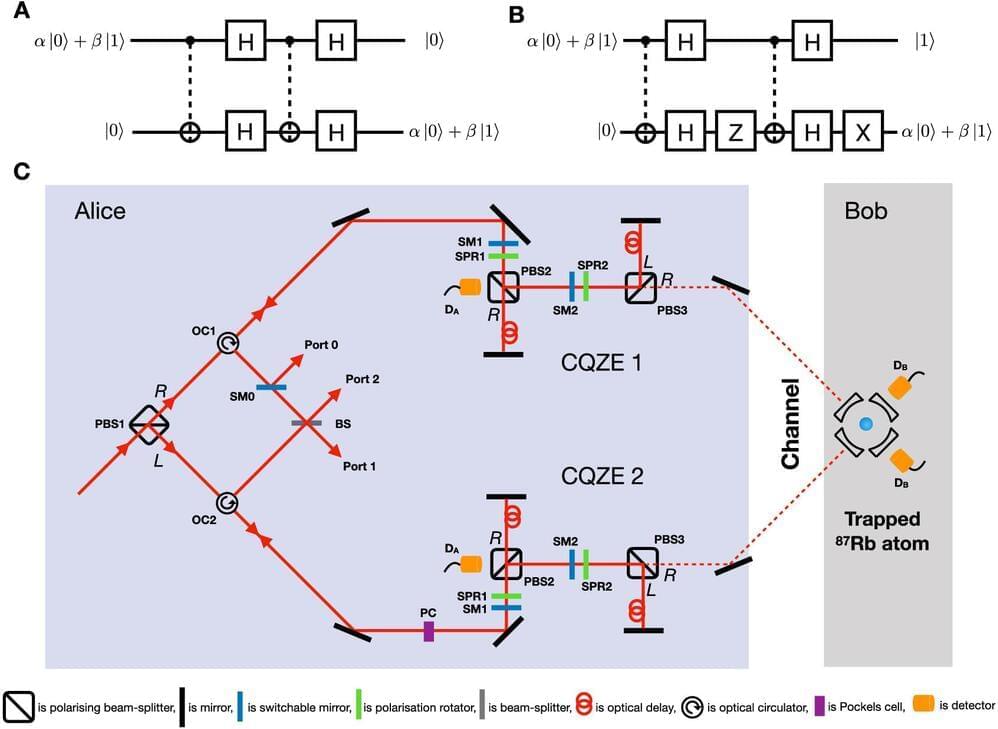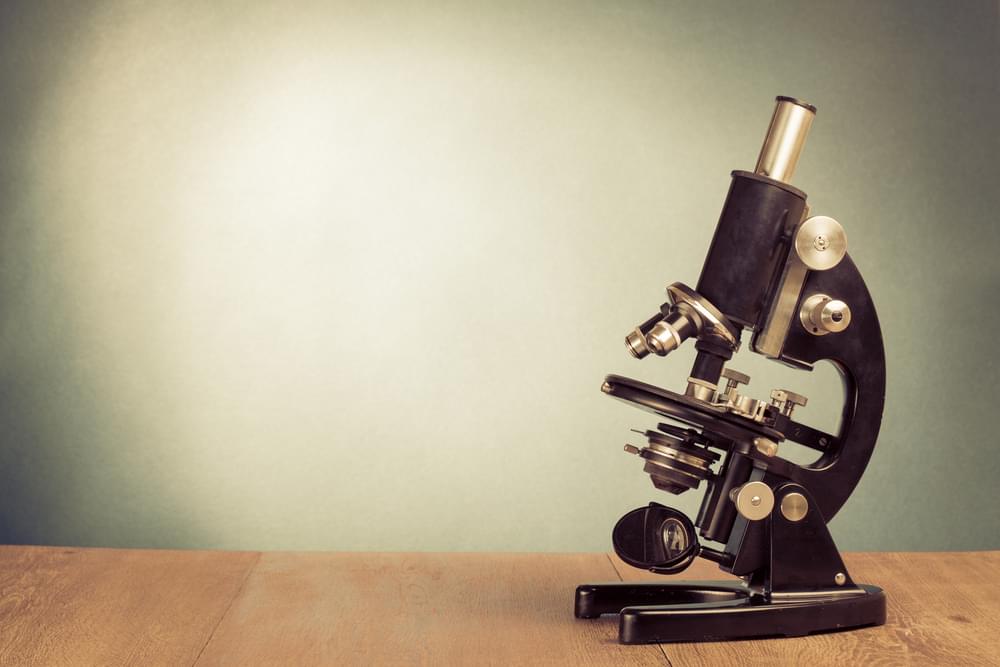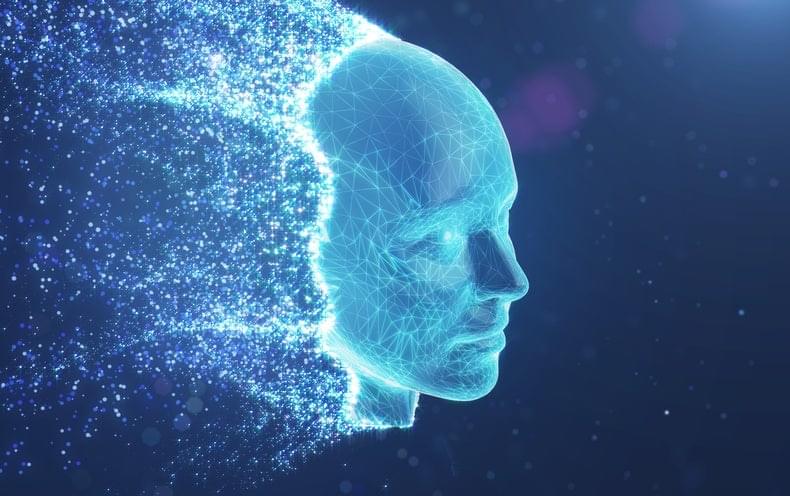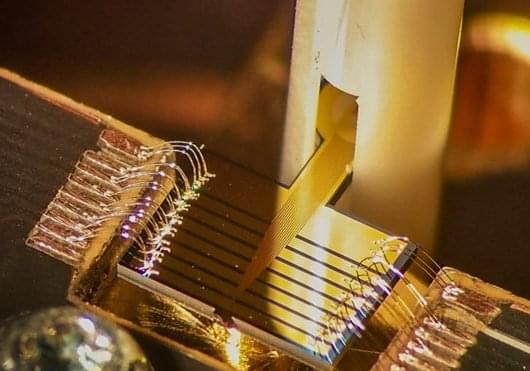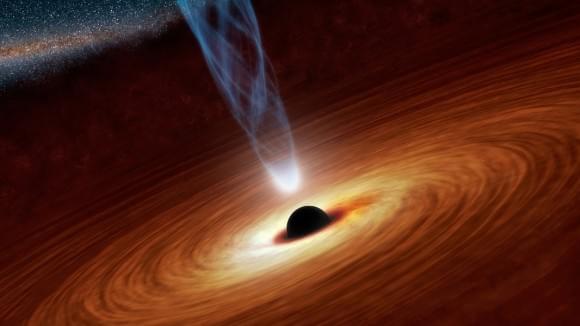A quantum device fabricated by Zhejiang University researchers could help to advance the design of quantum computers as it offers topological control over the units that store information within them. The team’s results were published in Science in December 2022.
Since their discovery around 2007, quantum materials, known as topological insulators, have been generating a lot of excitement due to their intriguing properties. For example, they are insulating in their interior, but conducting on their surfaces. This property stems from the topological nature of these materials, which makes them robust to deformations, so electrons moving along their surfaces resist any obstacles that might obstruct their flow.
Researchers have started to explore similar topological systems that are based on light rather than electrons—a field known as topological photonics. But so far, most such light-based systems have used classical forms of light rather than quantum ones. The ability to use quantum forms of light would open up many more possibilities and offer an opportunity to explore the quantum topology of light.
